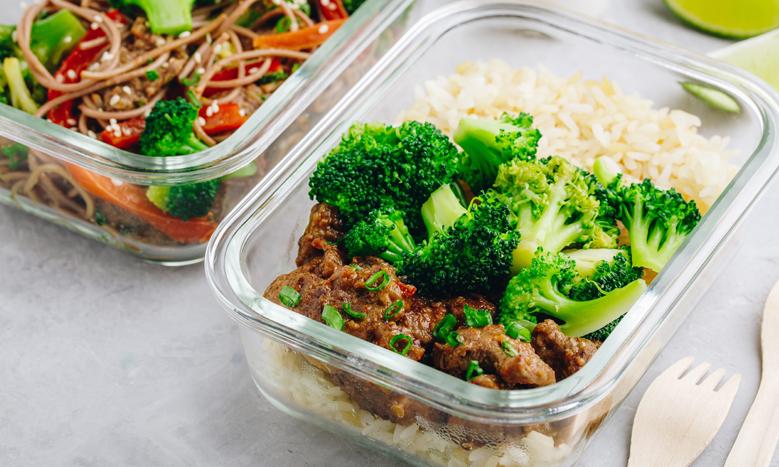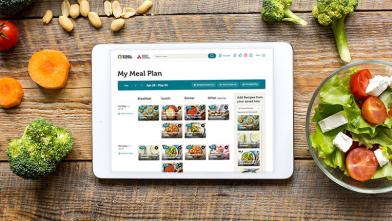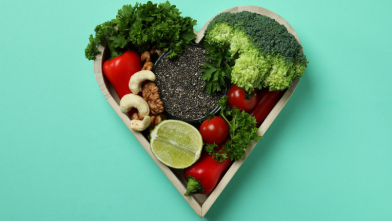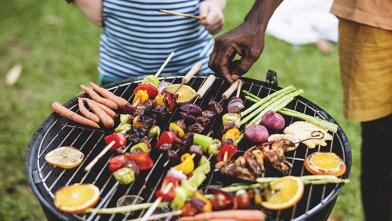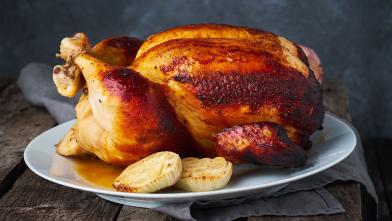But there’s an art to taking all that food you’ve purchased and extending it beyond a specific meal that makes you and your family happy eaters and avoids wasting food.
But there’s an art to taking all that food you’ve purchased and extending it beyond a specific meal that makes you and your family happy eaters and avoids wasting food.
How to Stretch Your Food
Instead of coming up with and shopping for different recipes for every single meal over the course of a week, try planning two or three main ones , which will lead to other options throughout the week.
For instance, you could roast a chicken (or, if it helps, buy one already cooked) for a meal. Serve it with cooked farro, roasted butternut squash, and a green salad. Make enough to have leftovers for day two and use whole wheat tortillas and make chicken tacos. Add some of the salad and your favorite salsa you have in the fridge.
To make a salad, use the leftover salad greens and farro and mix in the roasted squash, as well as toasted almonds, pecans , and vinaigrette to make a hearty lunch. If you don’t dress the original salad, it will stay fresh for the next evening or lunch. Try adding some leftover chicken or salmon to the salad for extra protein. Alternatively, you could turn the leftover chicken, farro, and squash into a grain bowl or soup. Save those chicken bones and turn them into stock with onions, carrots, garlic, and celery.
More Meal-Extending Tips
Viola Holmes, former associate director of nutrition on the Science and Health team of the American Diabetes Association®, is also an advocate of repurposing food, using the Diabetes Plate Method as the foundation.
“If it’s on the plate for dinner, can you put it in a whole grain wrap for lunch one day?” she suggested. “Or turn it into a bowl, soup, or salad? Maybe you want to have a Mexican flair to the meal. Always have salsa in the refrigerator. For Asian flair, have light soy sauce on hand and make a stir fry.”
Here are some additional tips to help extend meals:
- Cook twice as much as you need and freeze meals—from soups and stews to pasta sauce and shredded chicken. You can easily defrost and reheat or repurpose them. Be sure to label packages.
- Have a list of ingredients for specific recipes along with options for adapting leftovers into additional meals.
- Make a big batch of whole grains and freeze them in serving sizes for later.
- Prep your fruits and vegetables when you get home from the market and store in reusable bags or containers so they’re ready to go for your recipe or snacking.
- It’s more expensive, but if it’s a choice between having fresh produce or not, try pre-cut vegetables or fruit so prepping them isn’t an excuse not to cook. Bags of frozen produce can also be a good option.
- Use an app or Diabetes Food Hub to develop custom meals and smart grocery lists based on your preferences.
- Make sure your pantry, fridge, and freezer are always stocked with the condiments, herbs, spices, and other ingredients you need to adapt your original meals into secondary ones you’ll enjoy.
